If Chappelle’s art dines on controversy, cancellation serves it dessert. Continue reading

October 22, 2021
by utahphilosoraptor
3 Comments
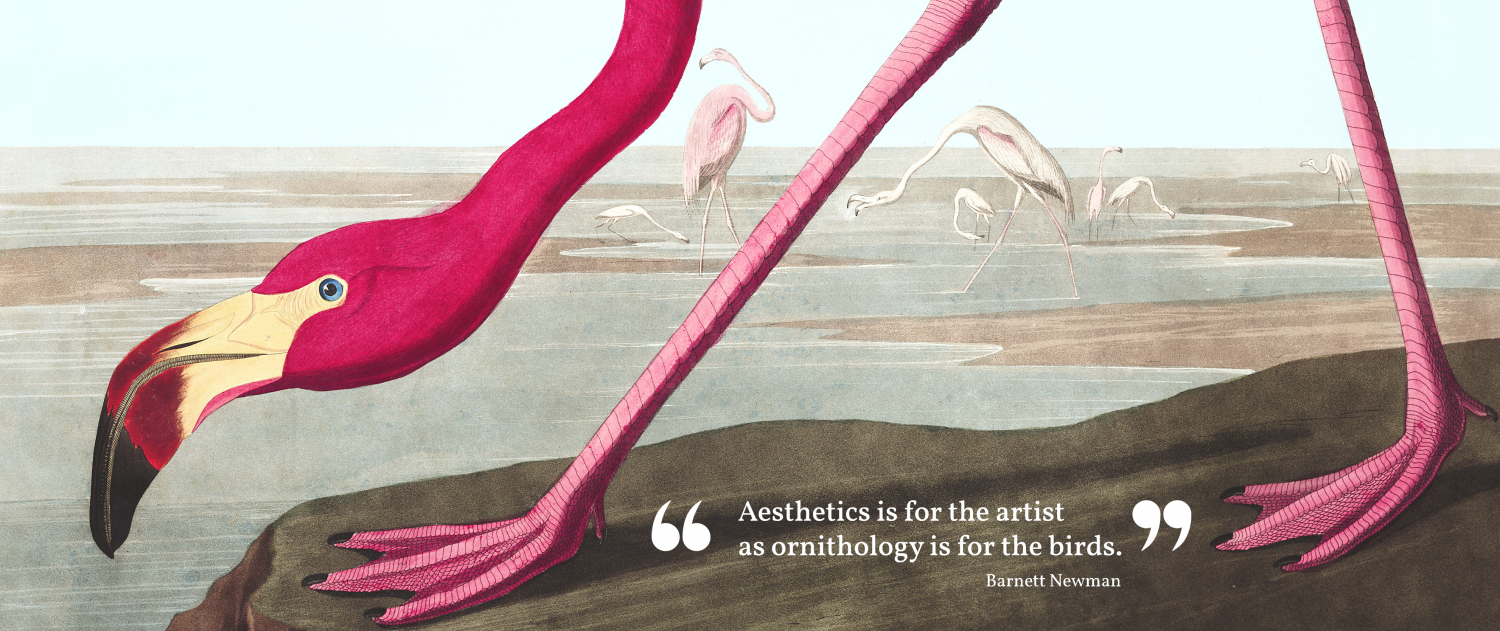

October 22, 2021
by utahphilosoraptor
3 Comments
If Chappelle’s art dines on controversy, cancellation serves it dessert. Continue reading

July 22, 2021
by Aesthetics for Birds
0 comments
New podcast “Art Against the World” explores the social relevance of contemporary art Continue reading

May 10, 2021
by Aesthetics for Birds
1 Comment
The ongoing pandemic poses many challenges to our mental health and wellbeing. Can aesthetics help us out? Continue reading
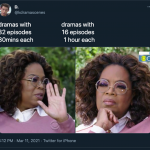
April 14, 2021
by Aesthetics for Birds
17 Comments
Digital blackface is actively skewing our perception of what blackness contains, and thus what possibilities are open to all of us. Continue reading
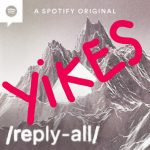
March 31, 2021
by Aesthetics for Birds
0 comments
To understand how ‘Caliphate’ and ‘Reply All’ have gone wrong, we need to understand how the conventions and function of podcasting have created distinctive forms of media. Continue reading
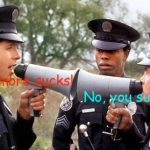
March 23, 2021
by Matt Strohl
0 comments
Aesthetic disagreements tend to go awry when we approach them as though the ultimate goal is to win. They will go better if we approach them with humility. Continue reading
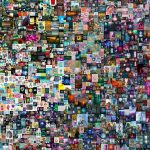
March 18, 2021
by Aesthetics for Birds
4 Comments
NFTs are an attempt to create value. It is very true that this may help artists, and to the extent that this is really at the heart of any of the thinking around it, it should be commended. But we should ask whether that’s really the best solution. Continue reading

March 18, 2021
by Anthony C.
5 Comments
What is the artistic status of an NFT? And is it a good thing or a bad thing for creativity in the art world? Continue reading

December 2, 2020
by utahphilosoraptor
0 comments
Think of the monolith as a monument, an artwork addressed to a group. When it was revealed to the world, we determined its meaning. Continue reading

September 9, 2020
by Matt Strohl
0 comments
What follows is a co-authored post by Brandon Polite and Matthew Strohl. It is the first piece in a two-part series. See part two here. The ascendancy of the internet has generated a wide range of difficult new questions for philosophers of aesthetics. Our concern in this piece is the way the internet has reshaped aesthetic discourse and has made aesthetic disagreement far more immediate and pervasive. Social media allows users to broadcast their evaluations of artworks to hundreds or thousands of followers any time of day and, as a result, has ushered in the Golden Age of Everyone Having an Opinion. We are specifically concerned with the general tendency of the internet to promote hostility in aesthetic discourse. Rampant hostility has emerged in a wide variety of contexts, ranging from large-scale fan movements to remake a poorly received season of a widely loved television series or a controversial entry … Continue reading